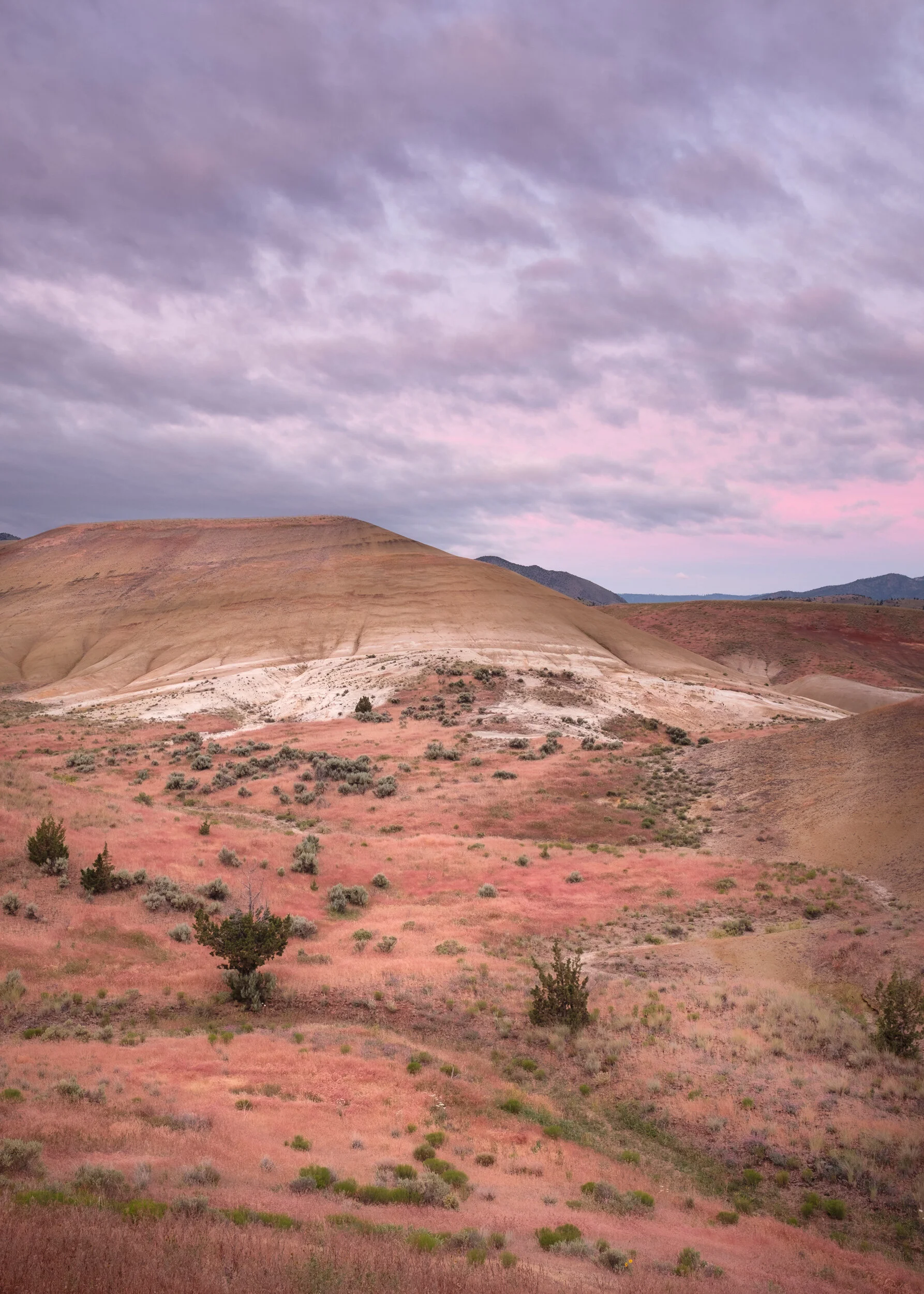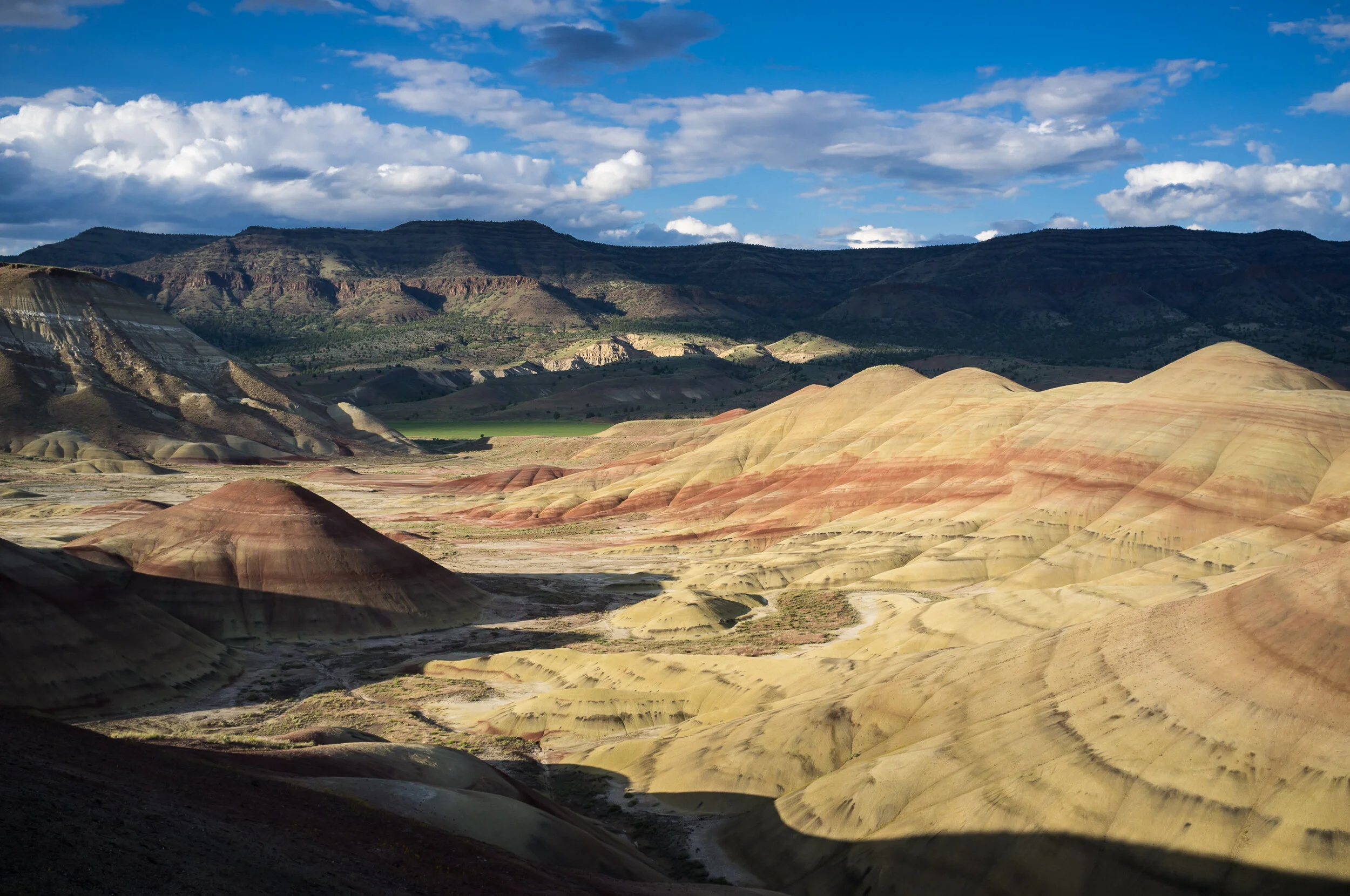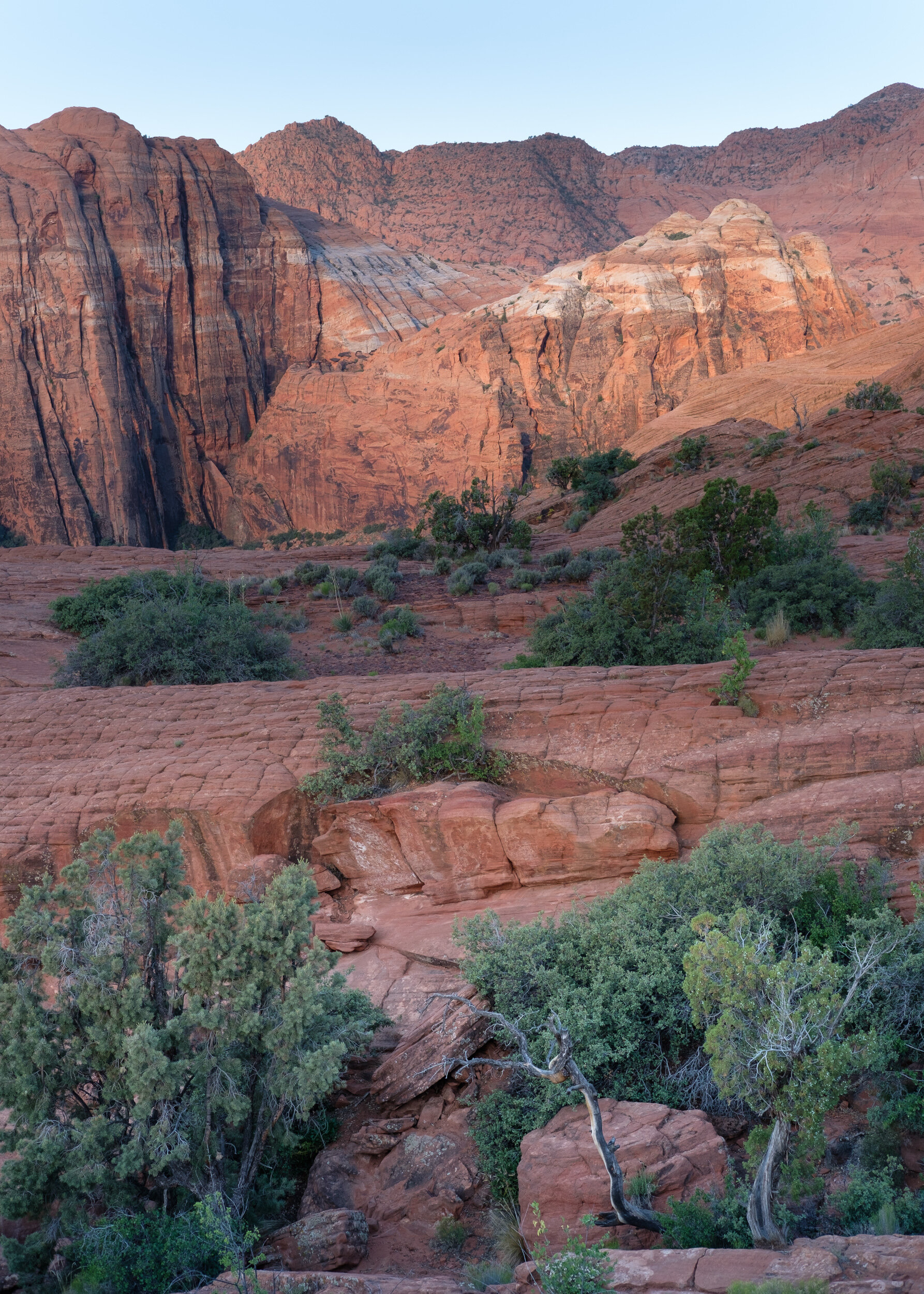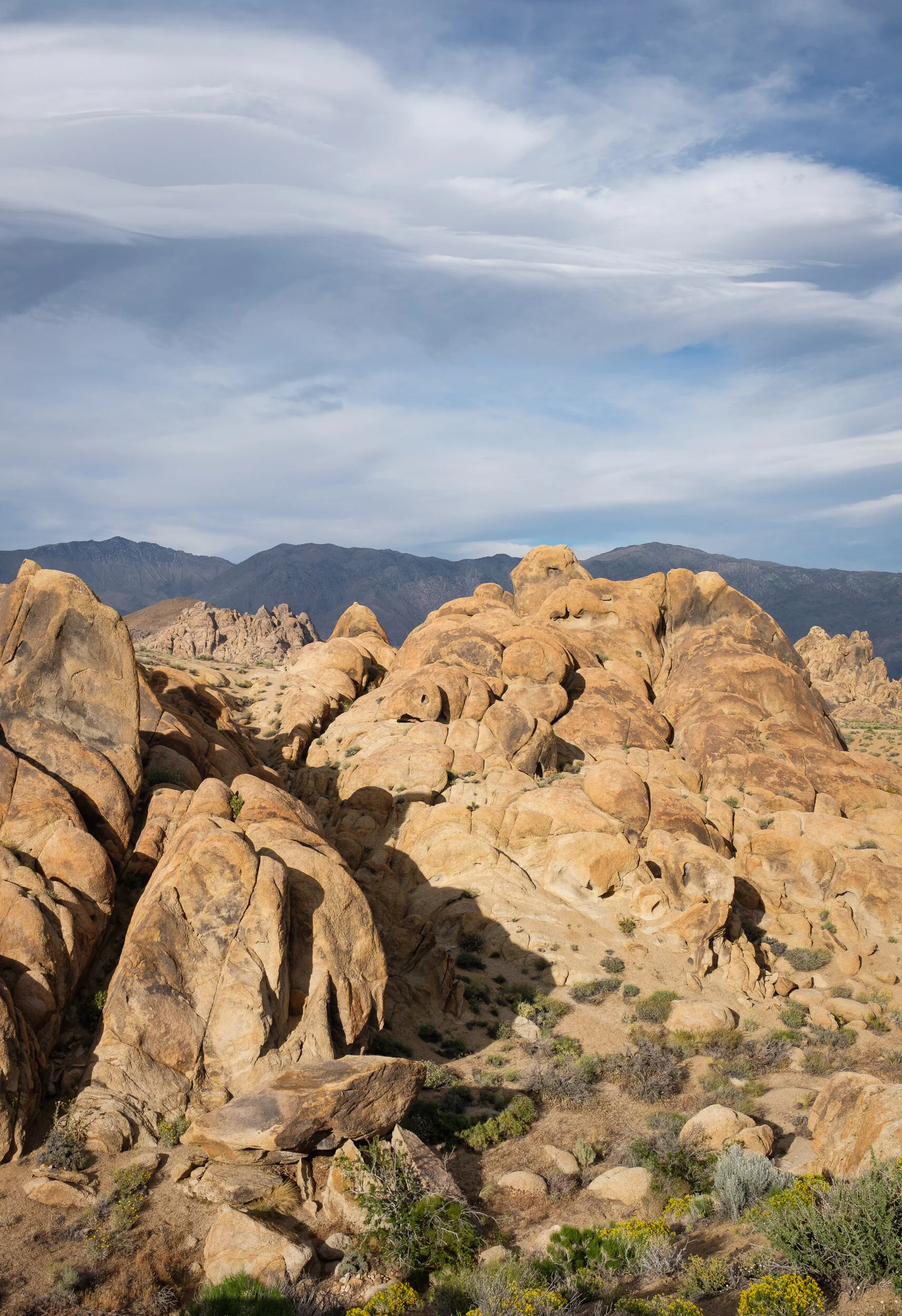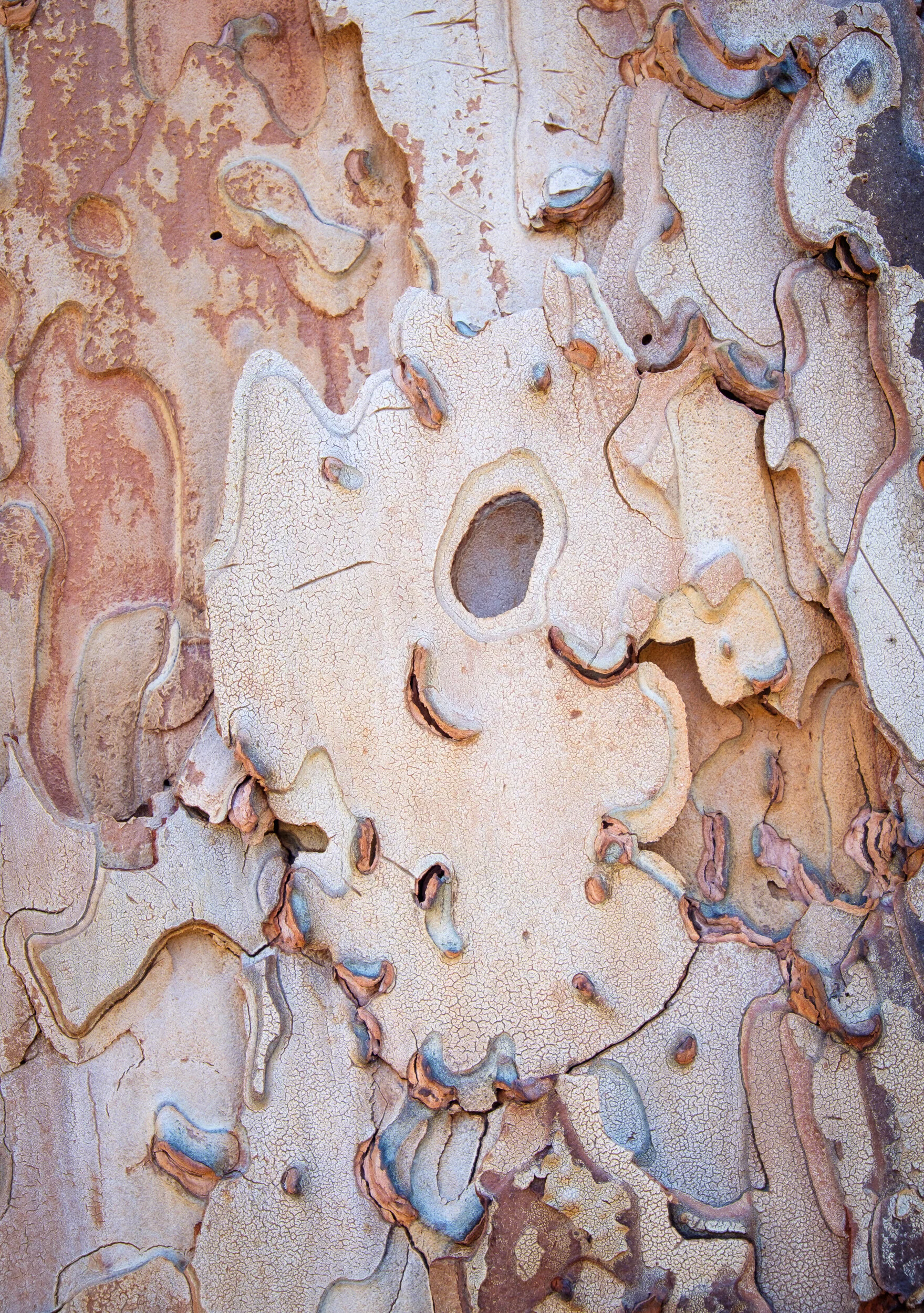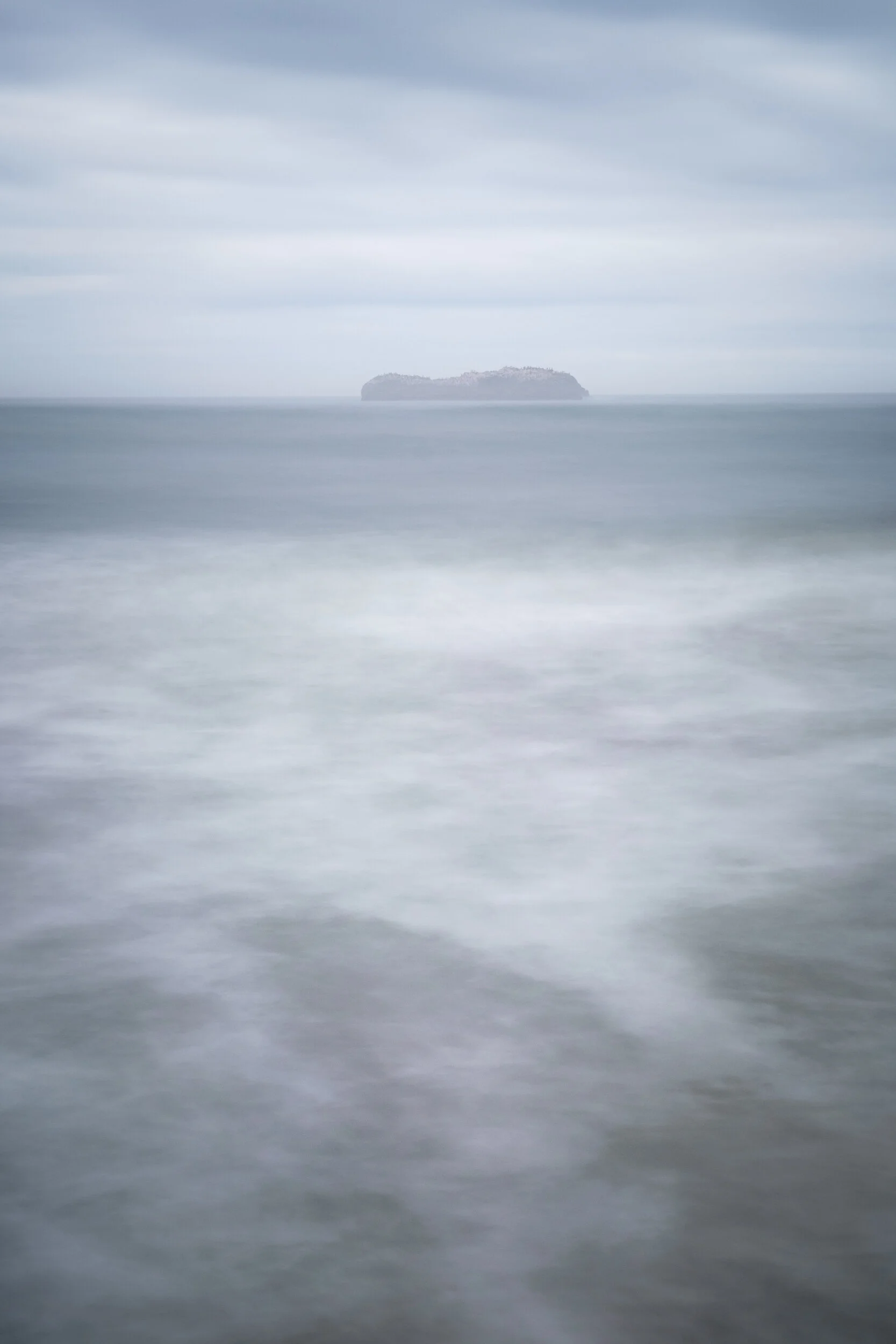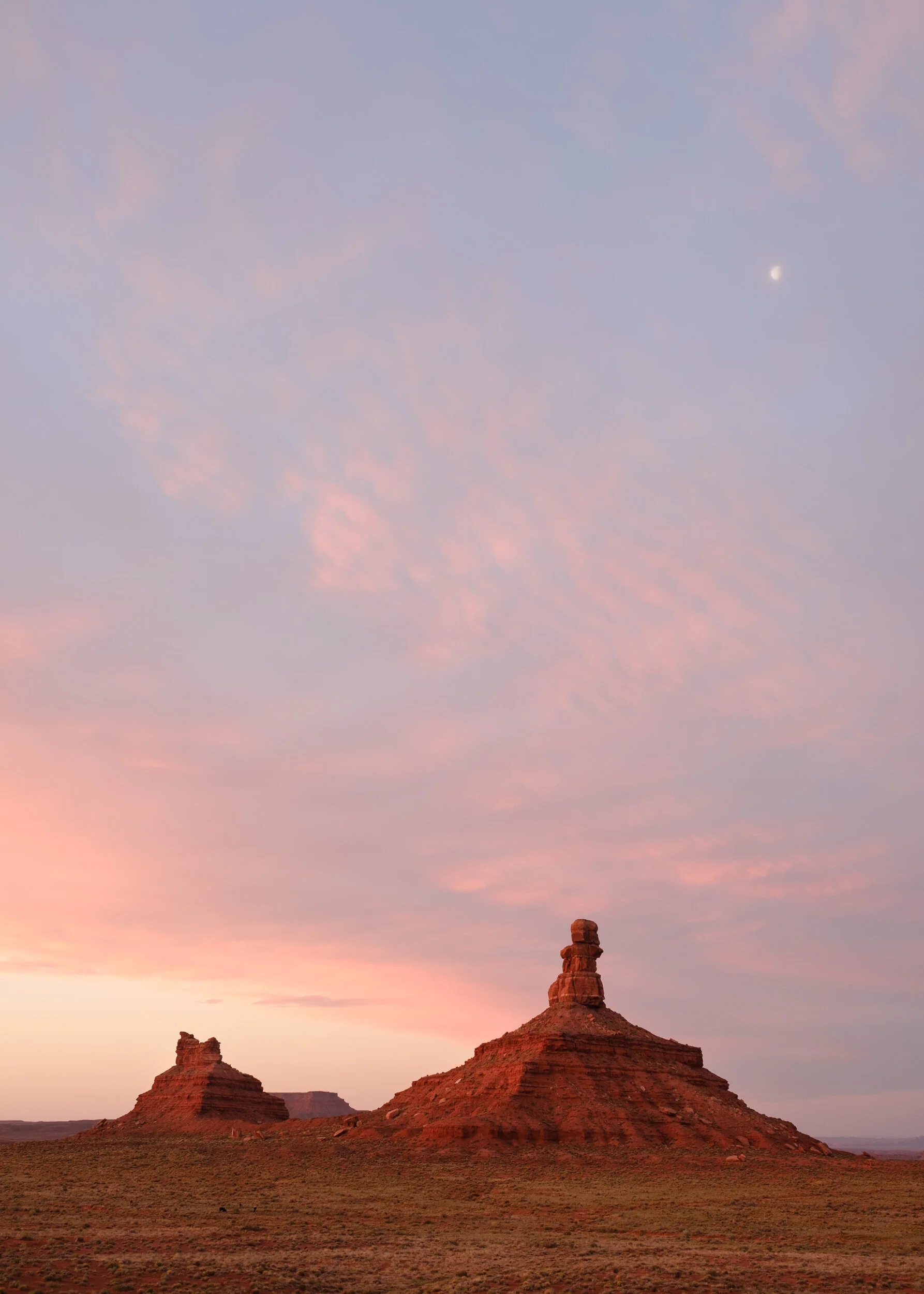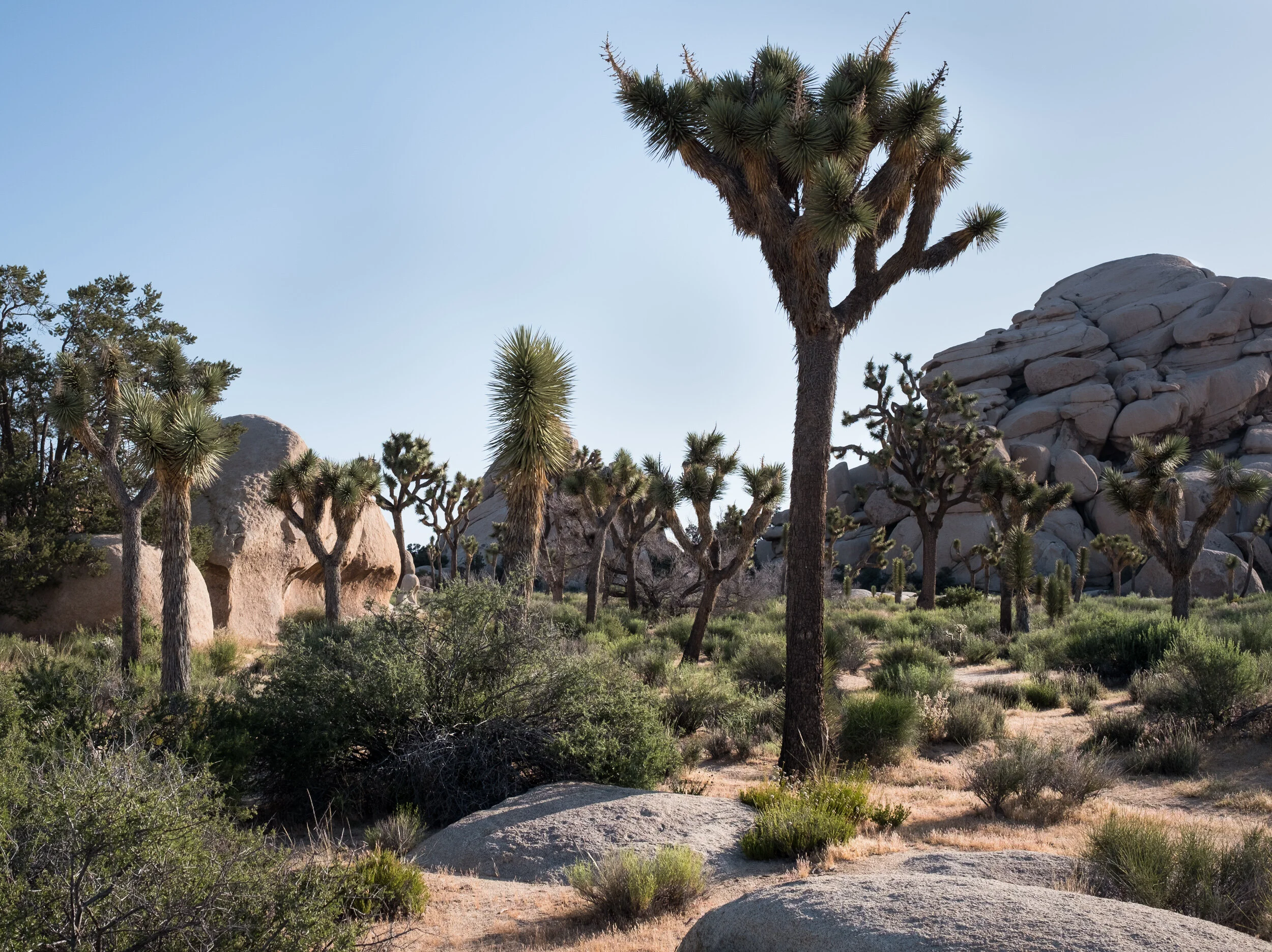There's a reason it's called landscape orientation. Right?
I’ve always used the term vertical and horizontal to describe the orientation of my framing of photographic images. However, many use the terms portrait and landscape orientation, to the point where I’ve actually read someone argue that if a photograph of a landscape is not oriented horizontally, it’s not a landscape photograph. Face it, even Microsoft Word refers to the orientation of a page as either “Portrait” or “Landscape.” So there’s got to be something to it, doesn’t there?
My thinking about vertical/horizontal//portrait/landscape images was recently reignited by a comment made by the Great Britain-Austraila-Great Britain ex-pat Andrew I chatted with recently at the Painted Hills. At one point I changed my camera from horizontal to vertical to frame a new image. He asked, “Oh, are you going to make a panorama?” I paused for a minute because, while I’m not opposed to doing panoramas (which involves making a series of overlapping images and then combining them into a single image) and have done several in the past, if I do a panorama I use a special rail that helps me rotate the camera around the optical centerpoint of the lens, which helps to minimize distorting shifts between each image and makes for a better end result. It then dawned on me that he might rarely, if ever, make vertical landscape images. So I replied, “No. For the past couple of years I’ve been making more and more vertical images. It’s as if I’m seeing things vertically now, whereas in the past I used to photograph landscapes mostly horizontally.” His response was a quizzical, “Oh.” He didn’t ask any more questions after that, but ever since then the issue has been on the back of my mind.
This is the image I was making when he asked me the question.
So recently, I’ve skimmed through a number of years’ worth of images and have come to the conclusion that, for the most part, my response to Andrew was correct. I would say that several years ago, my inclination was to approach a landscape image as a horizontal, and then only revert to vertical if necessary. For example, my first trip out to the Painted Hills gave me what continues to be one of my favorite images.
It is naturally a horizontal. One could say a landscape landscape.
And as I noted above, I have no opposition to panoramas, which are inevitably horizontal in my mind. Take, for example, this image from Yosemite which has been stitched together using 8 overlapping vertical frames:
When stitched together like this, the size of the image file is, as Bernie would put it, Yuuuuge! And the amount of detail in it is stunning.
As I thought more about it, I recalled that in my 4x5 days, I used to say that portrait-oriented images are merely an easy trick to make an image look interesting but all too often lacks complexity. Oh the over-confident, self-righteous, ignorance of youth!
I guess I wouldn’t say that now because otherwise I’d be saying that my work is regressing and I’m resorting to photographic parlor tricks to make my images appealing. (1985 Dan might say - "Ah, yes . . . .") At least I hope that’s not the case.
In any event, I can’t deny that I have been increasingly seeing and photographing landscapes in a portrait orientation. A quick skim through my recent images reveals this to be true - not always the case, but quite enough to support that conclusion. For example, why did I make this image as a vertical when a wider horizontal could just have effectively displayed the play between light and shadow, and perhaps better show off the draw that is only hinted at in the bottom part of the vertical image?
Or not try to capture the incredible cloud display evident in this image by using a wider angle lens and going horizontal?
I can assure you that the play of light on the rocks to the left and right of the segment I focused on here was just as interesting, as were the cloud patterns. My only response for not making that image is that lately I’ve just been seeing vertically.
I’ve wondered why that might be the case and have an idea. It starts off with the composition images, which I’ve been consciously working on these past few years. Invariably, I see those as vertical images - namely, vertical images hanging on a wall much like an abstract painting. To me they seem to settle into the frame much better when they’re vertical.
Then, the use of vertical imagery became more frequent as I began to focus on movement in water, which led me to incorporating more and more foreground to observe what was happening.
And then, as I returned to more traditional landscape image making, looking at the sky as much as looking downward.
So perhaps that’s why I’m increasingly seeing vertically.
That doesn’t mean that all my recent images are verticals, which is a good thing.
But I’d be kidding myself if I tried to deny the fact that vertical is how I’m seeing things, to include landscapes, and to explore what that has to offer me.
Then again, that could change at any time and next year I could be asking myself why I’m not making vertical images any more.
